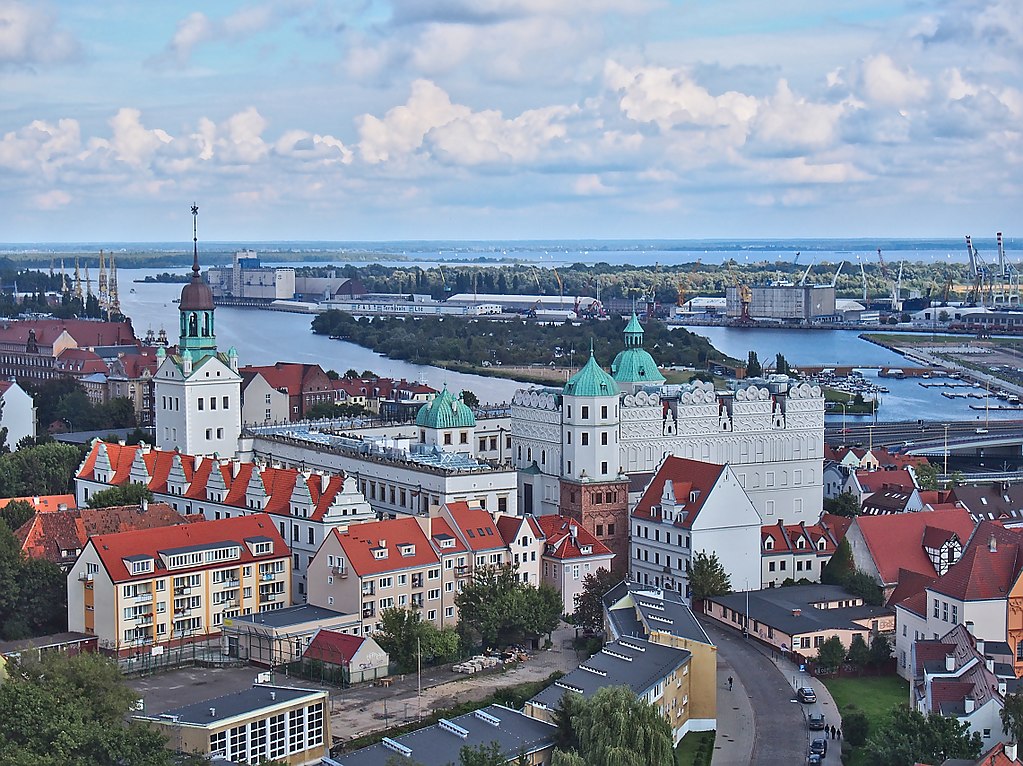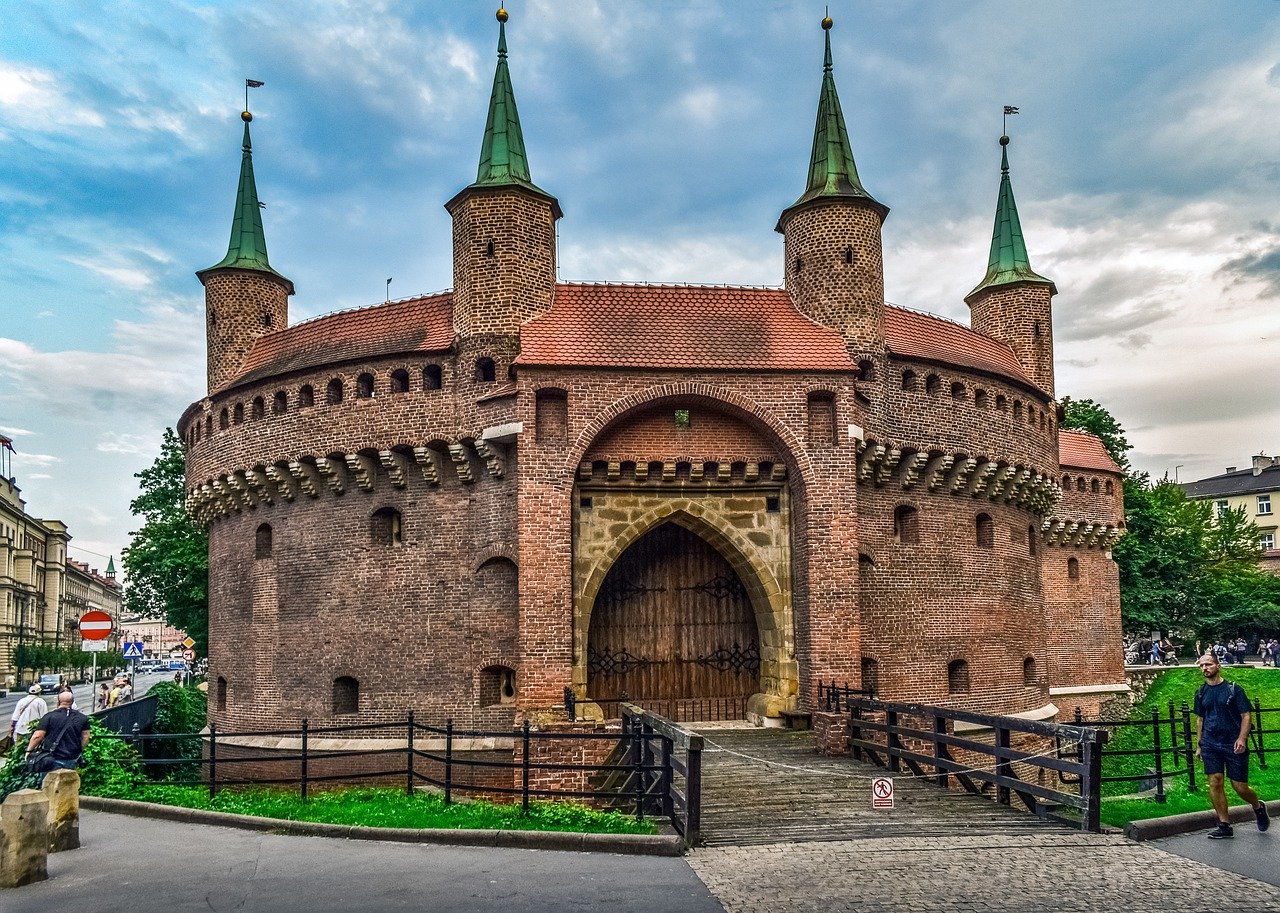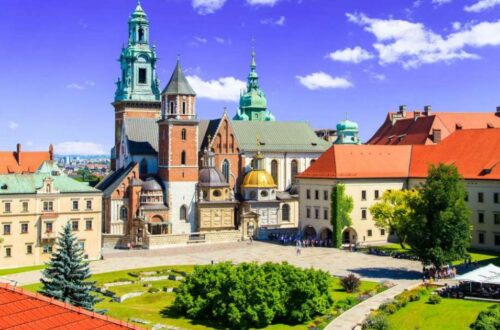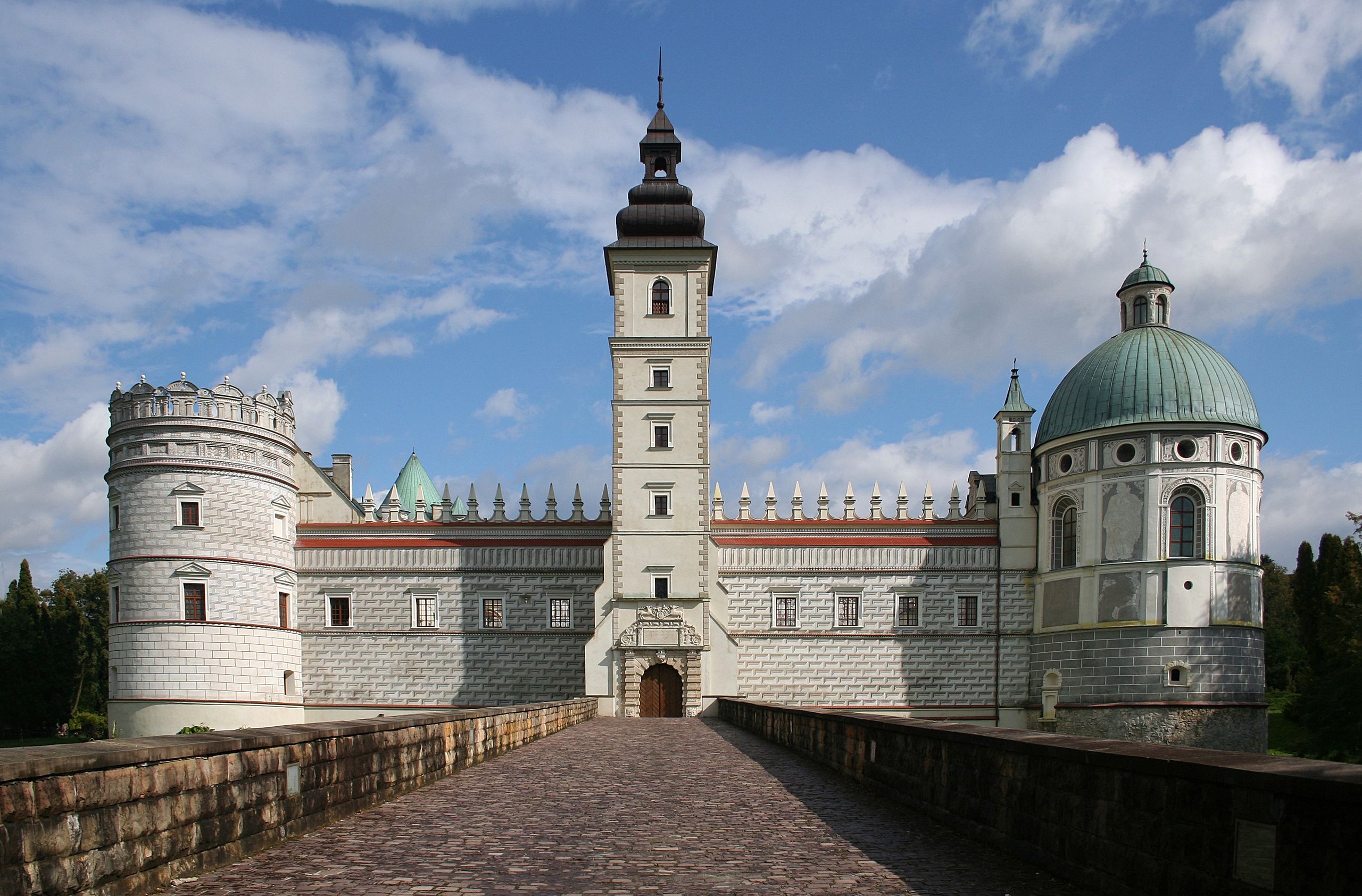Czapski Palace in Warsaw
The Czapski Palace, also called the Krasiński or Raczyński Palace, is located at Krakowskie Przedmieście 5 in Warsaw. It was built in the years 1680-1705 in the Baroque style for Primate Michał Radziejowski.
History
The history of the palace dates back to the first half of the 17th century, when in its place was the wooden court of Alexander Ludwik Radziwiłł Marshal of the Great Lithuanian. In 1654, after the death of the founder, the court came into the possession of his son Michał Kazimierz Chancellor and Lithuanian Field Hetman.
However, he managed to erect the foundations of a stone house before his death in 1680. A year later, the property was bought by Michał Radziejowski Warmian bishop at that time. Radziejowski managed to build a stone palace, the designer of the palace was probably Tylman van Gameren, the author of his second residence in Nieborów.
The palace was rebuilt many times. In 1733 the palace was bought by the Czapski family, who gave the palace a late baroque style. After the death of the family Nestor, the palace passed into the hands of his daughter Konstancja – the later wife of Marshal Stanisław Małachowski.
At that time, two outbuildings were added, and the gate was rebuilt. After the death of Małachowski, the palace became the property of the Krasiński family. Władysław, the father of Zygmunt Krasiński, organized numerous literary meetings here.
At the end of the 19th century, the Raczyński family became owners. In the years 1827-36/37, Chopin lived in one of the outbuildings. In the living room on the first floor, Fryderyk Chopin had his place to work, play the piano until going abroad. Chopin’s apartment was a unique place.
Artists, scholars, and young people gathered there, among them Samuel Bogumił Linde, Kajetan Koźmian, Juliusz Kolberg, Antoni Brodowski, Józef Elsner, Stefan Witwicki, and Bohdan Zaleski. Rehearsals with orchestra musicians were also held in the apartment. At the beginning of 1830, at special musical evenings organized at the Chopin home, a group of composer’s friends, musicians, and publicists listened to the pre-premiere performances of both piano concertos.
Other famous residents who lived in the palace are the writer Zygmunt Krasiński and the painter Zygmunt Vogel, who, in the years 1808-1826, had his studio here.
The palace burned down on September 25, 1939. Nothing survived from the inside, only the outer walls survived. The palace and outbuilding were rebuilt in 1948-1959, according to Stanisław Brukalski’s project for the seat of the Academy of Fine Arts.
Brukalski’s plan tried to restore the palace’s appearance from the mid-eighteenth century. Unfortunately, for cost reasons, the reconstruction has been significantly reduced. The interiors of the palace and outbuildings have not been reconstructed and adapted to new needs.
In autumn 2004, the palace facade was subjected to a thorough restoration, as a result of which it received a new color scheme referring to the probable appearance of the palace in the 18th century.
In the courtyard in front of the palace, there is a copy of the Venetian monument of Bartolomeo Colleoni.
Please note: The Chopin apartment, located in the Czapski Palace in
Related Article: Konstanty Zamoyski Palace Warsaw




